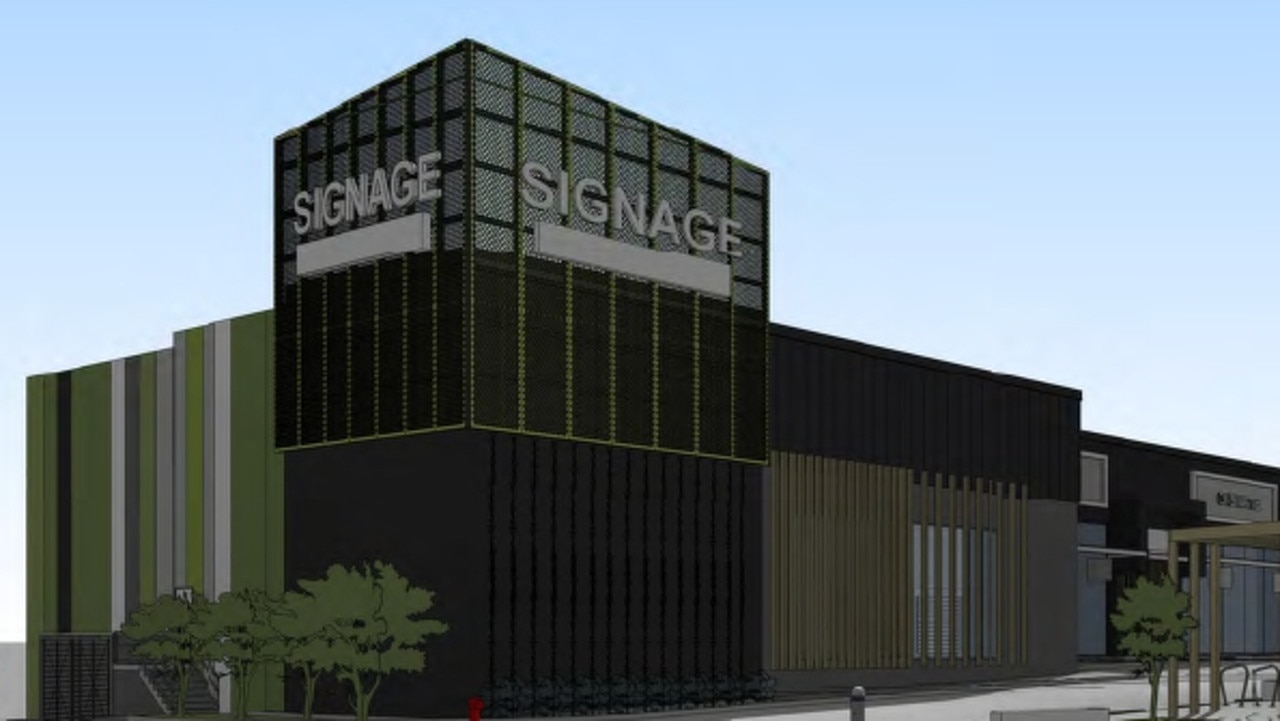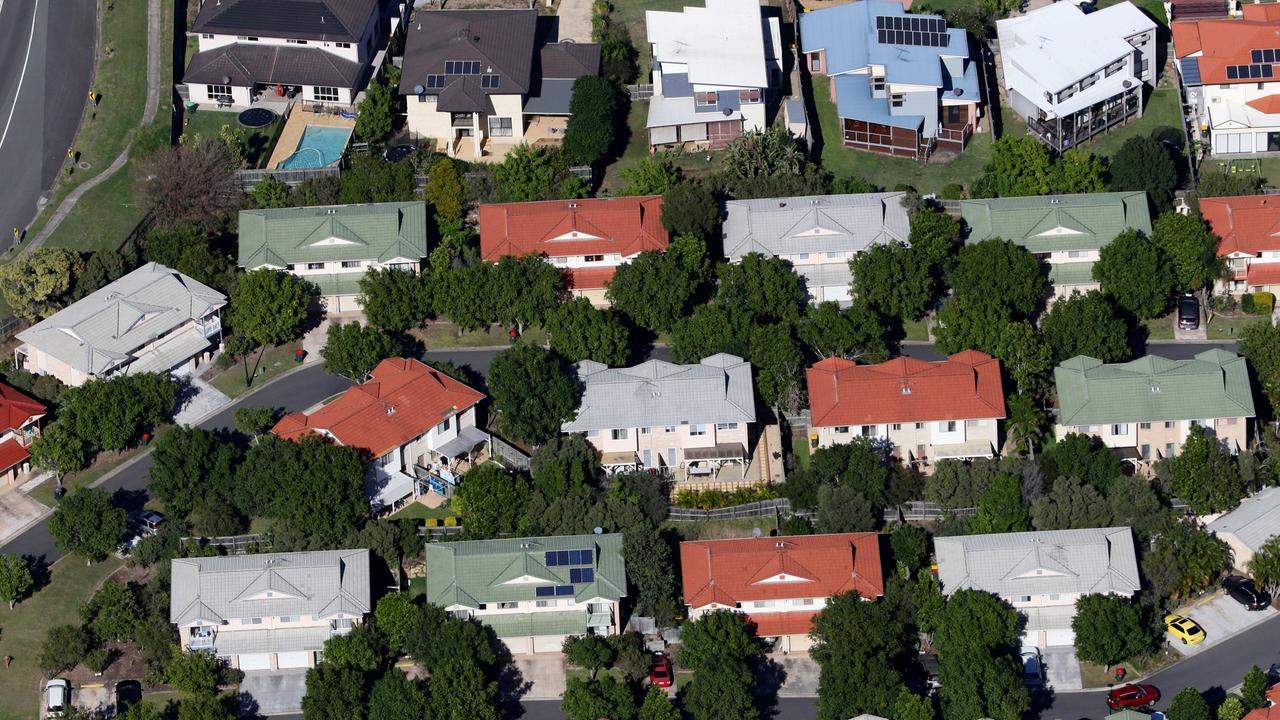Nearly 200 Victorian suburbs now unaffordable for buyers earning less than $200k, Finder, PropTrack data reveals
Startling new figures have revealed how much you need to earn in order to buy across the state – and its tough reading for those earning less than $100k per year. SEARCH YOUR AREA
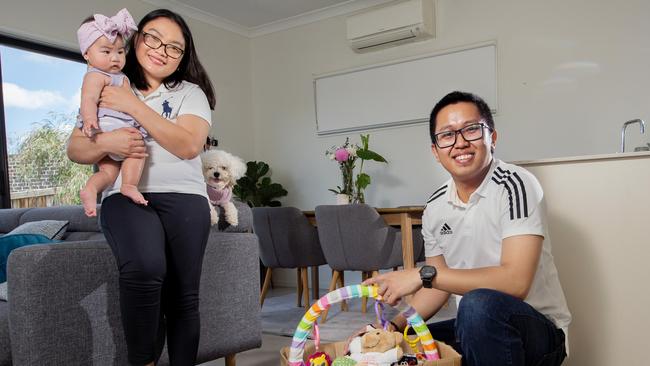
Property
Don't miss out on the headlines from Property. Followed categories will be added to My News.
The great Australian dream is crumbling for many Victorians as new research reveals almost 200 suburbs and towns across the state require a $200,000 yearly income to buy a house.
That’s up from 150 areas just a year ago, according to Finder.com.au analysis of PropTrack data.
SEARCH YOUR SUBURB BELOW
And people earning less than $100,0000 can only afford a house in three Melbourne suburbs – Melton, Melton South and Coolaroo – down from 14 suburbs at the same time in 2023.
RELATED: Melbourne home price growth is sluggish to begin 2024: PropTrack
Rate hike to push 1.6 million Australians into mortgage danger
Homeowners and homebuyers to be hit hard by ‘complex’ changes
Experts are warning that rising interest rates and soaring home prices are squeezing home seekers and increasing the income needed to purchase in many areas, often by amounts that eclipse average wage increases.
Across the past 12 months, Melbourne’s median house price surged from $908,000 to $916,000.
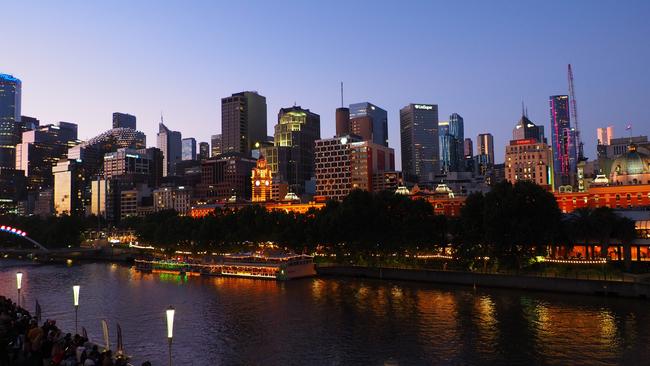
Climbing interest rates mean someone with a typical 30 year mortgage needs to earn at least $180,098 gross, almost $25,000 more than in 2023, to avoid forking out more than 30 per cent of their income on a residence.
Generally, a household is considered to be in housing stress if they spend 30 per cent or more of their income on a place to live.
The Finder.com.au calculations assumed a 6.23 per cent interest rate and buyers having a 20 per cent deposit.

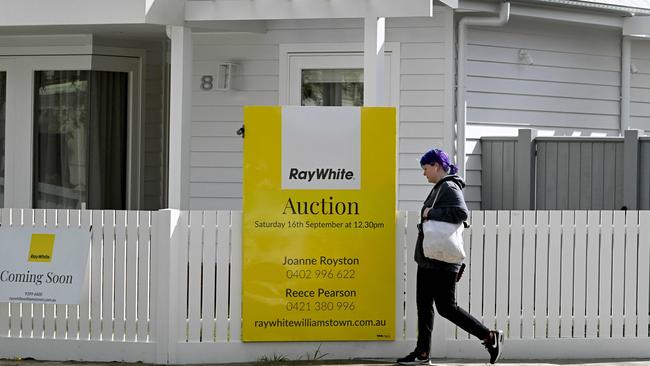
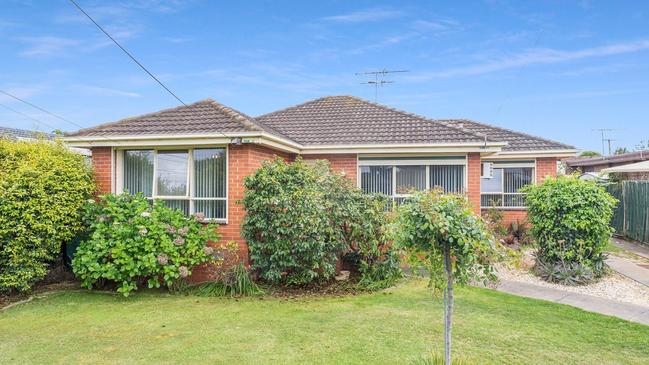
Less than half of the 972 Melbourne suburbs covered by the research remain within reach of buyers taking home $150,000 or less.
Australian Bureau of Statistics figures show the average full-time Victorian worker earns $95,311 per year, meaning they have are effectively locked out of more than 400 suburbs and even parts of Ballarat and Geelong.
Units in 52 Melbourne areas remain affordable for someone on a $100,000 or less income, compared to 112 suburbs a year prior.
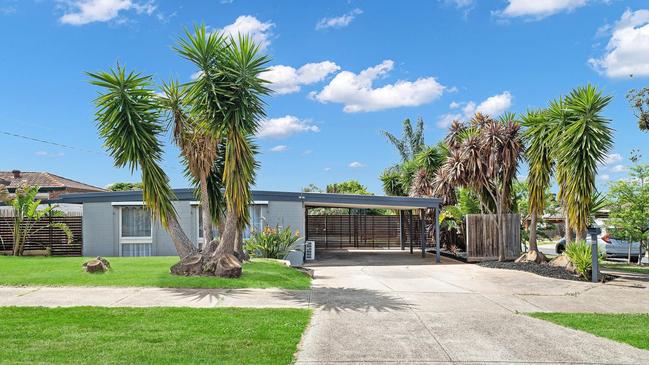
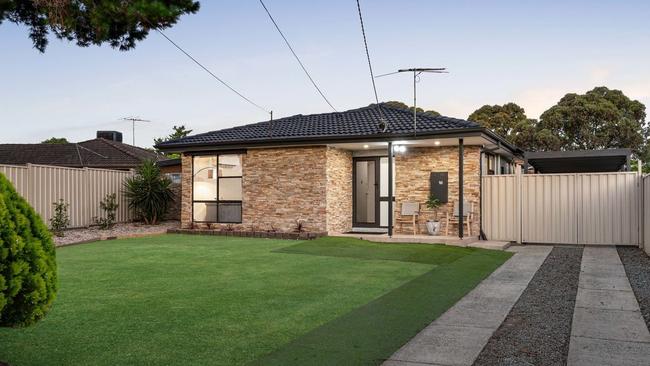
Finder.com.au head of consumer research Graham Cooke said between rising rates and prices, the “average” Australian mortgagee would have to dish out an additional $14,000 in 2024.
“The analysis shows that for many suburbs, buying a home is slipping out of reach,” Mr Cooke said.
He added that many buyers received financial assistance from their parents, with Finder data showing those lucky enough to do so got an average $56,000 towards their deposit.
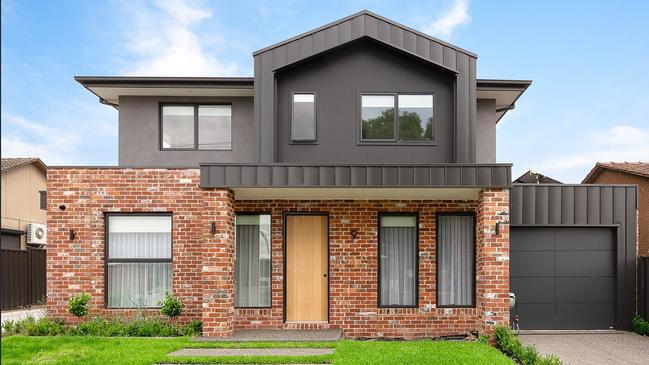
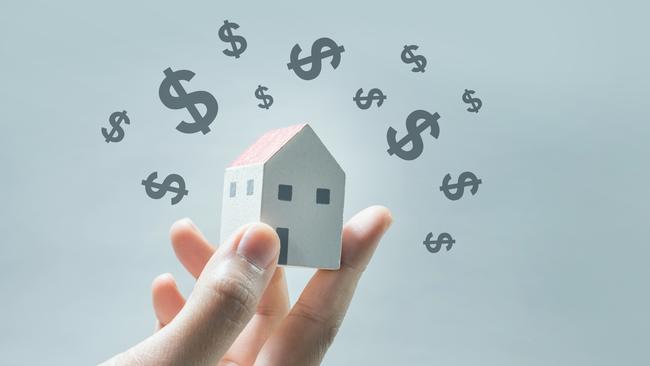
Several northwest suburbs number among Melbourne’s most affordable areas where Tullamarine-based Haikal Finance director and mortgage broker Daniel Haikal works with clients looking to buy in the region, as well as further afield.
Mr Haikal said many buyers initially came to him hoping to purchase a house.
“But when they see the reality of house prices in the area that they would like to live in, and the repayments based on that purchase, it generally doesn’t take long for them to realise they will need to reduce their expectations to a unit or apartment,” Mr Haikal said.

But others are being “forced to spend less on restaurants and entertainment” as they save over longer periods, sacrifice holidays and even downgrade their car.
Sometimes, a single client looking to purchase simply do not earn enough to be able to afford a home.
His advice for those hoping to get a home for $600,000 or less was to “buy something smaller or a little further out … so that you don’t overextend your budget, and then reassess in five or so years down the track”.
Mr Haikal also suggested taking advantage of government assistance schemes and, after purchasing, making extra loan repayments to build equity faster.
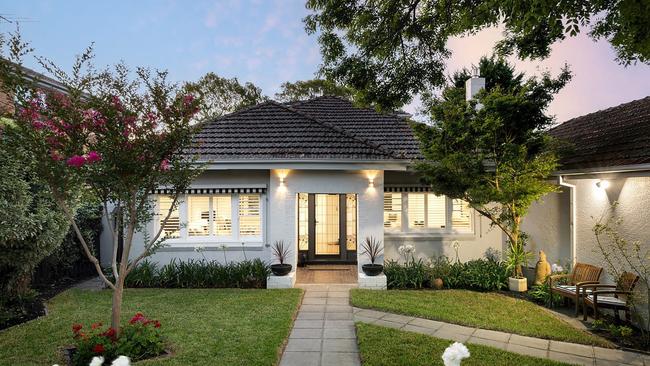
Professionals Ryder Real Estate Melton managing director Kirsteen Ryder said buyers wanting a bigger home on a larger landholding were often attracted to the area.
“You get more value out here, where you can spend $600,000 and get a good block,” Ms Ryder said.
“In the middle suburbs you would get something smaller and older for that price but closer to the city.”
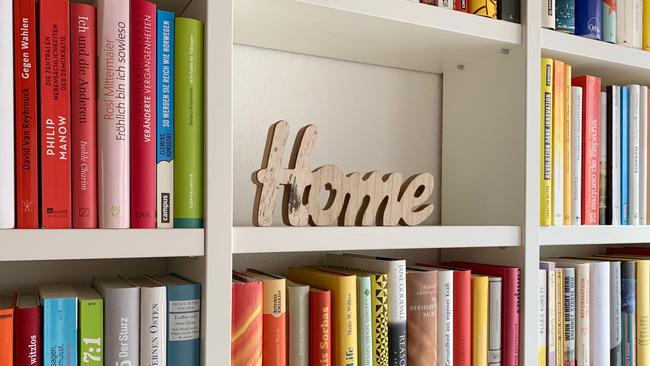
Reliance Real Estate Melton’s Mansi Ray said first-home buyers and investors were among the most common purchasers she meets.
“We are getting a lot of interest from locals and nearby, plus the south east suburbs and interstate too, including Sydney,” Ms Ray said.
She said that for a house with some land in Melton, prices often started at the $500,000-$550,000 range with newer builds coming in at the $600,000 mark.
JOURNEY TO A HOME
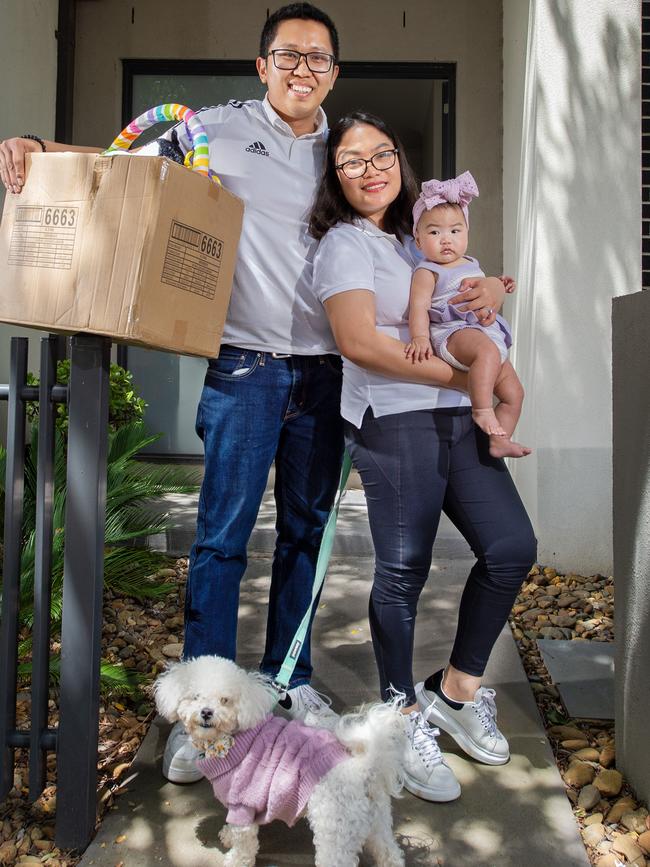
Affordability played a large part in first-home buyers Christina and Adrio Ricafort’s search for the perfect house.
The accountant and IT engineer are excited to move into the Donnybrook house they just settled on after renting in Lalor for about three years, following their immigration from The Philippines to Australia six years ago.
During their property journey, finding a location close to public transport, freeways, a school and future childcare centre for six-month-old daughter Adriana – and with a back yard for pet dog Sushi – was as important as not breaking their $600,000-$700,000 budget.
“We really wanted to stick to spending no more than 30 per cent of our combined income on the mortgage,” Ms Ricafort said.
Being on maternity leave meant she told their mortgage broker, Haikal Finance’s Daniel Haikal, it was important to have a “big buffer after our deposit”.
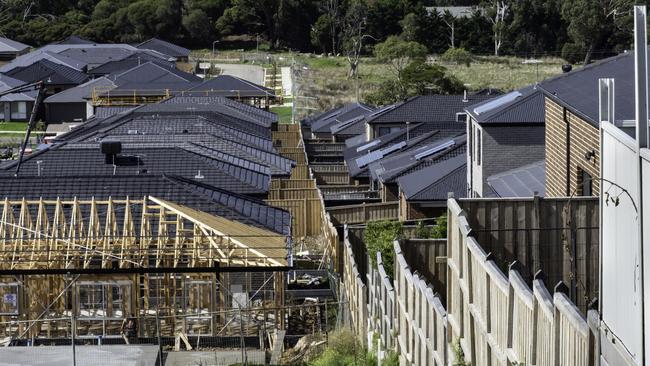
Mr Ricafort said the rising cost of living and “skyrocketing interest rates” also contributed to their outlook.
The couple’s tips for other home buyers were to “get a good mortgage broker” and cut out spending on unnecessary costs.
“It definitely speeds up your savings,” Mr Ricafort added.
They spent years saving their deposit, intensifying their efforts after the Covid pandemic hit.
It took them about three months to find a house to purchase.
At one stage, they were interested in home with a $710,000 asking price but decided against purchasing after considering how much extra this would actually cost them across the entire span of their mortgage.
Aside from loving their new house’s location they are also looking forward to cooking up a storm in the kitchen, which features a butler’s pantry, and spending time in the garden with Adriana and Sushi.
MELBOURNE’S MOST EXPENSIVE SUBURBS – HOUSES
Suburb – median house price – minimum income
Toorak: $4,306,940 – $846,802
Deepdene: $3,492,717 — $686,715
Canterbury: $3,296,676V— $648,170
Brighton: $3,285,730 — $646,018
Balwyn: $2,903,967 — $579,958
Middle Park: $2,722,888 — $535,356
Malvern: $2,571,888 — $505,667
Camberwell: $2,540,335 — $499,464
Kew: $2,470,295 — $485,693
Glen Iris: $2,403,226 — $472,506
MELBOURNE’S MOST AFFORDABLE SUBURBS – HOUSES
Suburb – median house price – minimum income
Melton: $467,960 – $92,007
Melton South: $489,056 – $96,154
Coolaroo: $499,718 – $98,251
Bangholme: $509,677 – $100,209
Dallas: $512,959 – $100,854
Kurunjang: $531,487 – $104,497
Melton West: $546,878 – $107,523
Longwarry: $554,871 – $109,095
Meadow Heights: $555,905 – $109,298
Broadmeadows: $562,022 – $110,501
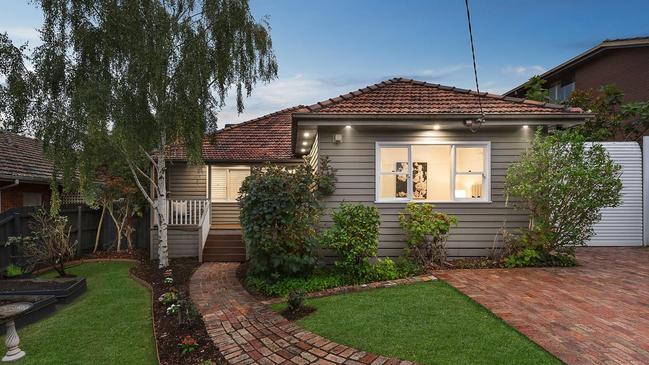
MELBOURNE’S MOST EXPENSIVE SUBURBS – UNITS
Suburb – median unit price – minimum income
Ashburton: $1,327,230 – $260,951
Beaumaris: $1,258,434 – $247,424
Balwyn North: $1,223,377 – $240,532
Brighton East: $1,174,681 – $230,957
Mont Albert North: $1,169,317 – $229,903
Black Rock: $1,142,425 – $224,616
Mount Waverley: $1,092,922 – $214,883
Brighton: $1,046,829 – $205,820
Ashwood: $1,007,471 – $198,082
Canterbury: $972,459 – $191,198
MELBOURNE’S MOST AFFORDABLE SUBURBS – UNITS
Suburb – median unit price – minimum income
Caulfield East: $307,358 – $60,430
Albion: $325,705 – $64,037
Travancore: $341,807 – $67,203
Gardenvale: $346,433 – $68,113
Melton South: $358,734 – $70,531
Melton: $377,588 – $74,238
Essendon North: $405,787 – $79,783
Notting Hill: $415,656 – $81,723
Flemington: $417,684 – $82,122
Dallas: $419,358 – $82,451
Source: Finder.com, PropTrack’s Automated Valuation Model
Assumes a 6.23 per cent interest rate, a 20 per cent deposit and 30 year loan to achieve repayments that do not exceed 30 per cent of income.
Sign up to the Herald Sun Weekly Real Estate Update. Click here to get the latest Victorian property market news delivered direct to your inbox.
MORE: Victorian holiday home summer sell off: New tax rules squeezes part-time owners out
International buyers flock to Victorian home listings with New Zealand at the top
High migration, landlord exodus trap Melbourne tenants in rental crisis: PropTrack


